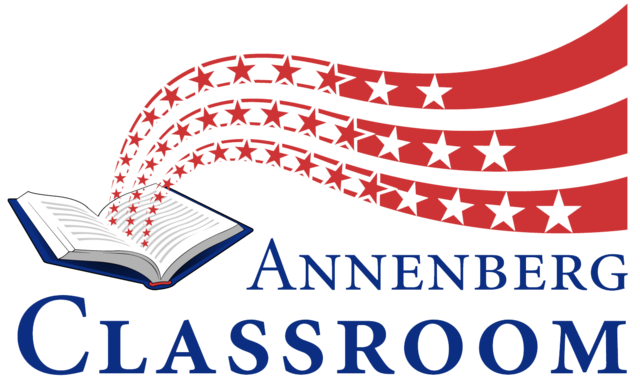The curated resources linked below are an initial sample of the resources coming from a collaborative and rigorous review process with the EAD Content Curation Task Force.
 Reset All
Reset All
The Rhode Island Historical Society, in partnership with the Rhode Island Black Heritage Society and the Rhode Island Historical Preservation and Heritage Commission, was awarded a grant from the National Park Service* for a multi-phase project on African Americans’ Struggle for Civil Rights in Rhode Island: The 20th Century. The project consisted of conducting archival research, collecting oral histories, and documenting places of significance to civil rights in Rhode Island over the course of three years, 2017-2020. Public exhibits and school unit plans were also created thanks to this grant.
The Roadmap








The Rhode Island Historical Society

60-Second Civics is a daily podcast that provides a quick and convenient way for listeners to learn about our nation’s government, the Constitution, and our history. The podcast explores themes related to civics and government, the constitutional issues behind the headlines, and the people and ideas that formed our nation’s history and government. The daily podcast is accompanied by a quiz question.

The Roadmap




Center for Civic Education


Students are introduced to the 9/11 attacks and learn that the nation’s response created tension between the need for security and America’s tradition of liberty. They are then introduced to the Declaration of Independence and Preamble to the U.S. Constitution and learn that these documents describe fundamental values and principles that characterize the American political culture.

The Roadmap

Center for Civic Education


Students will engage with the Constitution and the events on September 11, 2001 to analyze American values and ideals. Students will examine the most fundamental American values and evaluate progress made to close the gap between ideals and reality.

The Roadmap




Center for Civic Education


This lesson plan focuses on two prominent Supreme Court cases on the internment of Japanese-Americans during WWII, and it asks students to consider the executive branch's authority regarding individual liberties during times of war.

The Roadmap




Annenberg Classroom

This learning resource uses geospatial technology to help students understand the many components of the Pearl Harbor Attacks. Guided by inquiry, students will use the ArcGIS map to investigate the how the Japanese executed this attack and how the positioning of the U.S. in Oahu made the perfect target.

The Roadmap




Esri


A Visual History, 1940–1963: Political Cartoons by Clifford Berryman and Jim Berryman presents 70 political cartoons that invite students to explore American history from the early years of World War II to the civil rights movement. These images, by father-and-son cartoonists Clifford Berryman and Jim Berryman, highlight many significant topics, including WWII and its impact, the Cold War, the space race, the nuclear arms race, and the struggle for school desegregation.

The Roadmap



National Archives Center for Legislative Archives


These lessons supplement to the Civil Rights history already being taught in classrooms with a focus is on local events and people. Many lessons reference time periods earlier than the 1960s, while also drawing connections from those events up to today.
The Roadmap



The Rhode Island Historical Society

This unit plan invites students to learn about the Civil Rights movement in Rhode Island while thinking more broadly about how conceptions of race and ethnicity change over time.
The Roadmap

The Rhode Island Historical Society

In this lesson, students consider the conflict over public memory of the Civil War in the United States as they investigate the 2015 controversy over the Confederate flag in South Carolina and then draw connections to the 2017 violence in Charlottesville.

The Roadmap

Facing History and Ourselves


This lesson invites students to explore how public monuments and memorials serve as a selective lens on the past that powerfully shapes our understanding of the present. In the lesson's final activity, students become public historians as they design their own memorial to represent a historical idea, event, or person they deem worthy of commemoration.

The Roadmap

Facing History and Ourselves


Introducing kindergarteners to their new classroom community

The Roadmap




Inquiring Minds Institute




